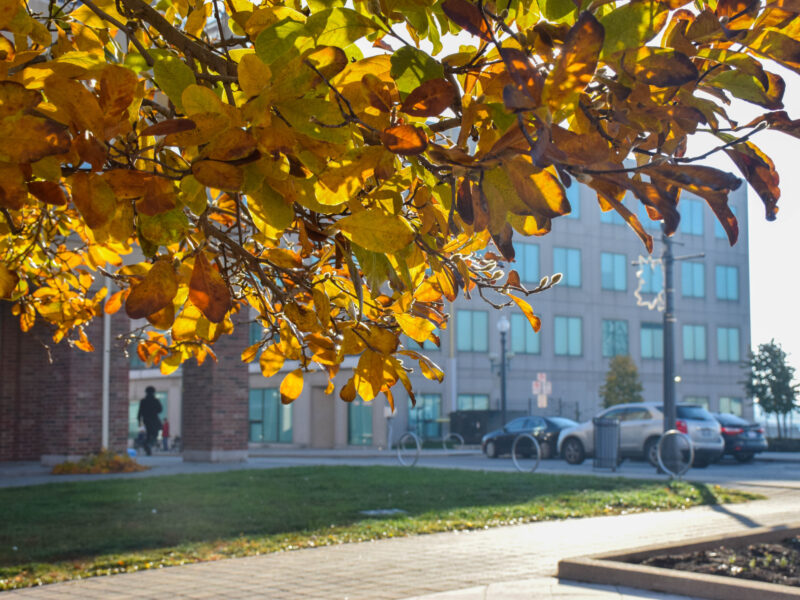A 9.0 earthquake in Japan that nearly destroyed one of the country’s nuclear facilities two weeks ago has re-ignited a global debate over the safety and validity of nuclear power. The Fukushima nuclear power plant was relatively undamaged by the earthquake but the ensuing 14-metre tsunami that followed overcame the plant’s 5-metre seawall, causing serious structural damage.
Due to the intense heat and radiation generated in a nuclear power plant, the core must be cooled for up to a week before it no longer runs the risk of overheating. To give an idea of just how much heat is generated, several days after shutdown, it still takes 200-300 tonnes of water a day to cool a reactor similar to the one at Fukushima. At the time of the earthquake, three of the Fukushima plants six reactors were shut down; the active reactors were turned off immediately by automatic safety systems.
The problems faced by the plant are being exacerbated by the cooling systems and their backups, which were also disabled in the tsunami. Since that time, all repair efforts have been directed at cooling the reactors and spent fuel rods, and restoring the cooling systems. In order to prevent a core rupture, workers have been forced to vent radioactive steam from the plant.
The disaster is currently rated five on the International Nuclear and Radiological Event Scale (INES), which means that it is an “accident with wider consequences.” Experts agree that there is no danger to North America but radiation levels throughout Japan are being monitored carefully, and irradiated crops and wildlife near the plant will be dealt with in a safe manner.
In the wake of this near-disaster, and while the topic is on the global stage of debate, nuclear power critics are loudly voicing their concerns about its risks. This criticism has prompted Germany to shut down seven of its oldest nuclear reactors, and to reconsider a previously proposed plan to extend the life of several plants.
One of the largest opponents to nuclear power is Dr. Helen Caldicott, an Australian physician, author and anti-nuclear advocate, who recently told a panel considering the expansion of one of Canada’s nuclear facilities, the Darlington Nuclear Generating Station in Clarington, Ontario, that “every male in the northern hemisphere has a tiny load of plutonium in his testicles from nuclear testing days.”
All nuclear reactors in Canada are Canadian-designed Deuterium Uranium reactors (CANDU). CANDU reactors are somewhat unique for their use of heavy water which allows them to burn natural uranium, and even spent fuel from other types of nuclear reactor. Along with the regular host of features all reactors have, the CANDU cooling system is designed so that should the core overheat, pipes will buckle and flood the core with coolant almost immediately.
Duncan Hawthorn, CEO of Bruce Power, which operates the world’s second largest nuclear power complex, has defended the industry in Canada, pointing out safety differences between Japanese and Canadian plants.
Canadian reactors are arguably safer than Japanese ones because of one crucial factor: location. All reactors in Canada are located in seismically stable inland areas where natural disasters are extremely rare.
“There’s nothing about Lake Huron that looks like the Pacific Ocean,” he says, “[and] there’s nothing about the geology on Lake Huron that looks like the Ring of Fire around Japan.”



